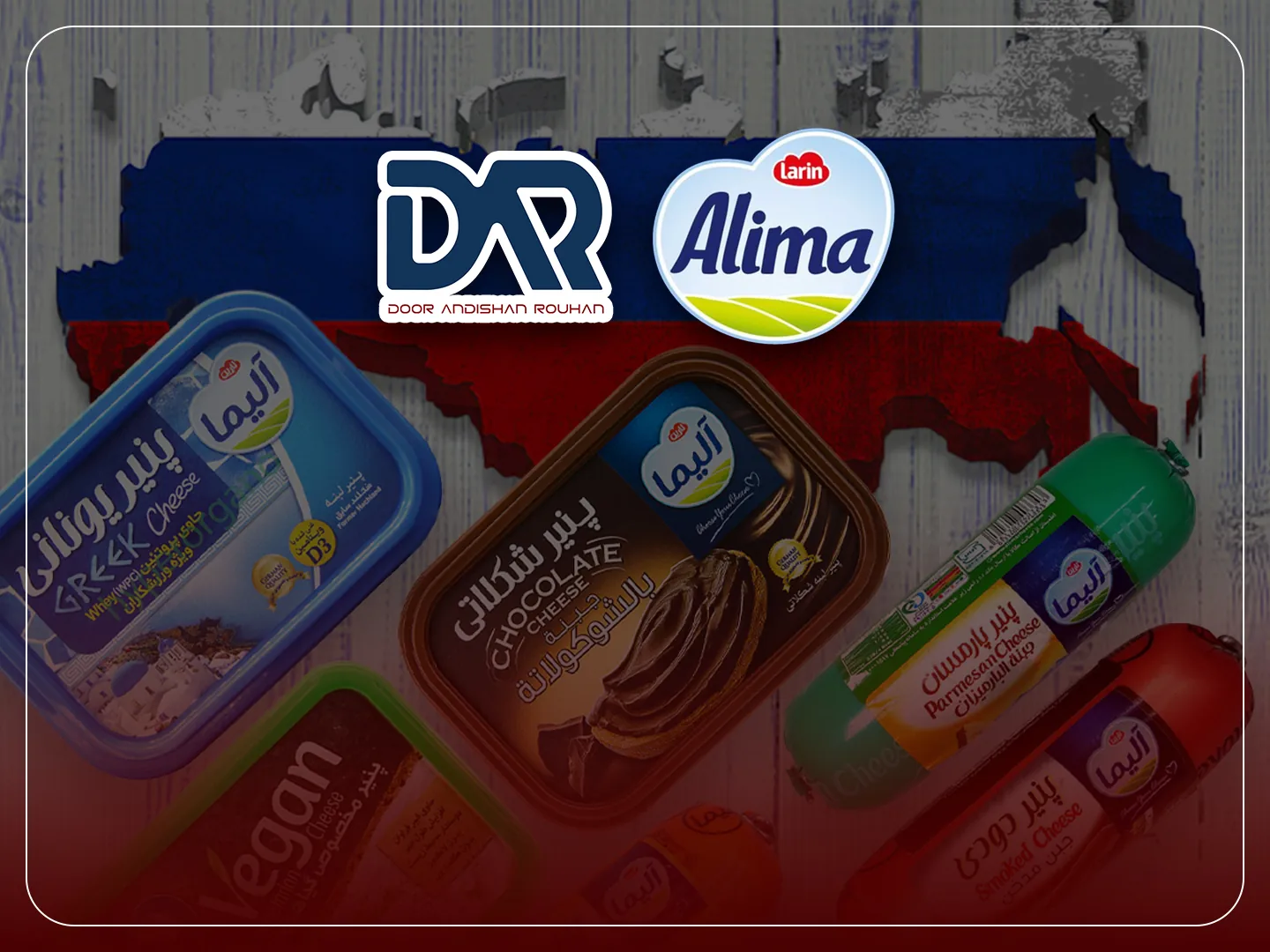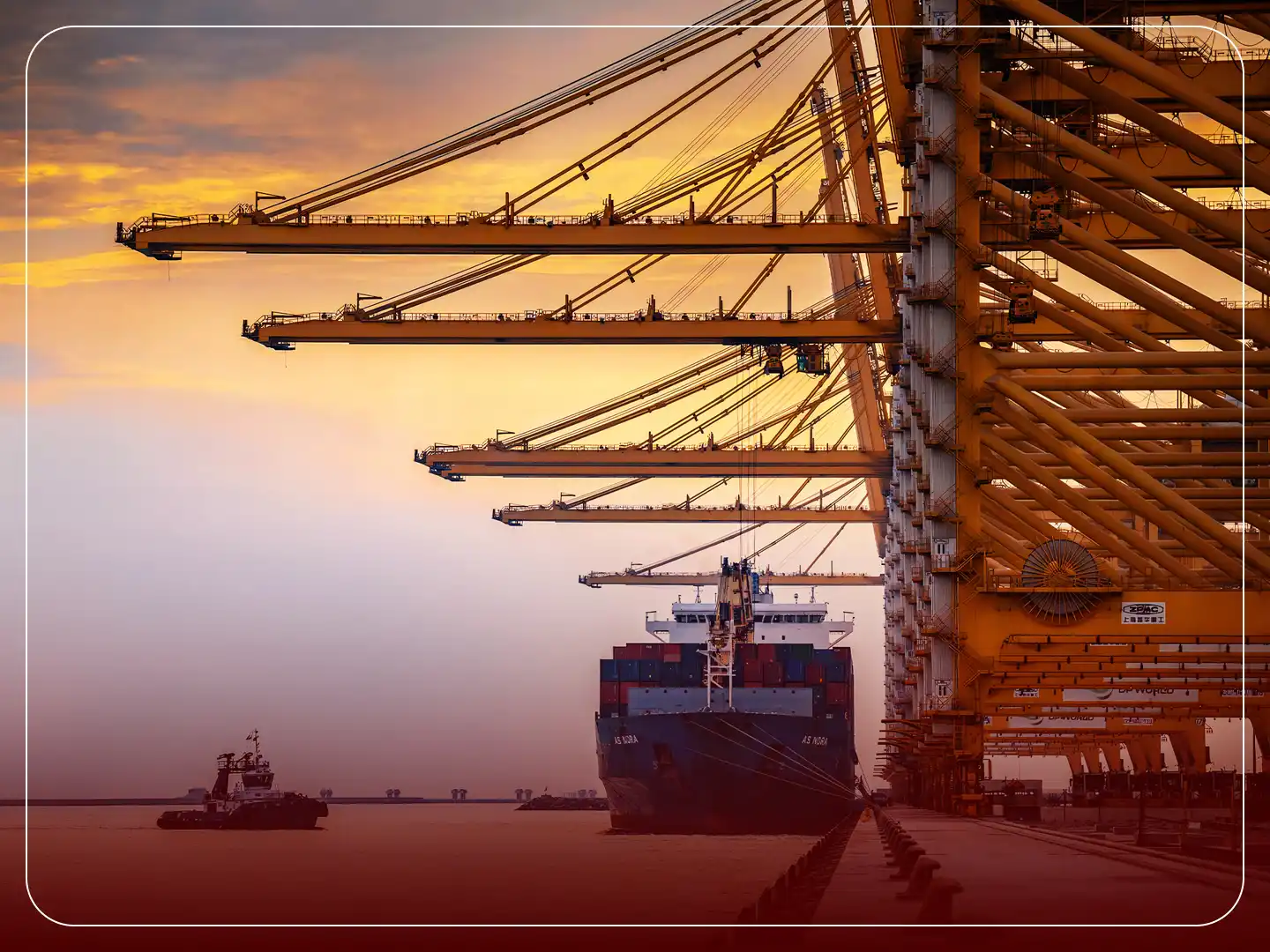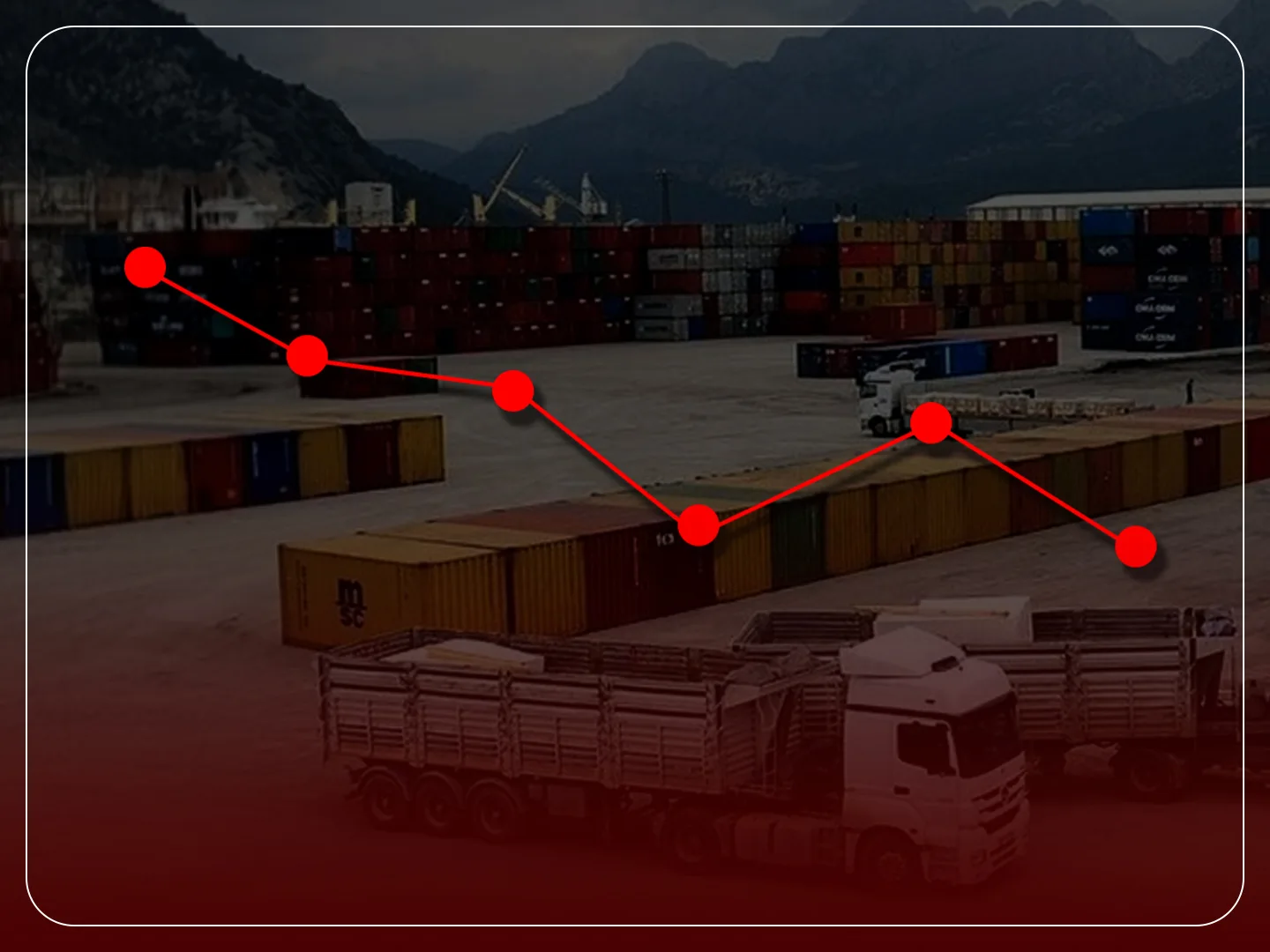The UAE's Increasing Central Role in Iran's Non-Oil Trade—and the Corridor Chessboard Surrounding It
In 2025, the United Arab Emirates re-emerged as Iran's leading source of non-oil imports and top market for Iranian exports. This drive in trade occurs concurrently with Iran's strategic pushes to advance overland corridors like the International North-South Transport Corridor (INSTC) and entice eastern capital. The game of hub-and-spoke re-export via the UAE, corridor-driven aspirations, and changing Chinese capital priorities is remaking Iranian import modalities of strategic commodities and export routing of non-oil products.
The UAE Anchor: How and Why It Matters
Iran's and the United Arab Emirates' economic relationship is transactional as well as structural. In 2025, the UAE has become both Iran's largest source of imports that are not oil and a prominent outlet for exports, dictating the direction of goods on the debit side and the credit side.
Top Source of Imports, Major Outlet for Exports
IRICA's recent photographs show that the UAE represented approximately $5.4 billion of Iran's non-oil imports between March and July—and thus was the number-one source. Meanwhile, the UAE was among Iran's leading non-oil export destinations. This two-way role is consistent with mature logistics relationship: Iranian customers utilize UAE free zones for sourcing, consolidation, and financing, and Iranian exports—metals, petrochemicals, agri-goods—are sold or transshipment routes through Emirati ports.
What the UAE Supplies
The mix typically involves machinery and spare parts, industrial inputs, electronics, pharmaceuticals, and consumer products. They mostly originate from third countries and get re-exported to Iran with value-added services (quality control, finance, distribution). The model is robust as it diversifies regulatory and credit risks across a global supply base integrated in the UAE's trading network.
Iran's Export Channels: Non-Oil Goods Under Price Pressure
In spite of recording stable tonnage, Iran's non-oil exports are under stress in 2025 as prices for petrochemicals, metals, and some agricultural products decline.
Value Slippage Despite Steady Tonnage
Over the four months to July 22, non-oil exports amounted to ~48 million tons worth ~$16.5 billion, ~5% lower in value y/y—the proof that price pressures beat volume resistance. That would matter to those exporters who use the UAE as a gateway; tighter margins can alter routing choices (e.g., delaying shipments, bargaining for terms, or pooling cargo to minimize per-unit logistics costs).
Trade With Neighbors Softer During Spring
Statistics on customs show a spring fall of 16% in trade with neighbors, which can spill-over into UAE-based flows because so much Iran–neighbor trade is ratcheted up or financed through Emirati channels. Weaker neighbor demand or lower commodity prices force Iranian exporters to increasingly depend on elastic UAE re-export channels in order to find substitute end buyers.
Corridors vs. Hubs: INSTC and the Quest for Transit Revenues
Iran's long-term strategy is to be a trade-transit behemoth, not a trade-reliant nation. This vision is encapsulated in the International North-South Transport Corridor (INSTC), holding out the hope of connecting Iran to Russia, India, and Central Asia.
The INSTC Promise—and Practical Hurdles
Iran's strategy hinges on the INSTC to enhance linkages with Russia, the Caucasus, Central Asia, and India. The Caspian to South Asia east spur route, passing through Afghanistan, is a key component in 2025 policy deliberation. Yet corridor development is contingent on financing infrastructure, indigenous politics, and security levels—elements that can slow throughput size and sap short-term revenues.
Iranian Transit Dropped in Early 2025
Foreign transit tonnage through Iran declined ~13% y/y over the March–July period, reducing short-term fee revenues from rail/road transport and port handling. As long as corridor projects do not achieve higher utilization, the UAE's ready-made port infrastructure is still the path of least resistance for most Iranian importers and exporters.
China's Capital Allocation: A Missing Piece for Iran's Logistics Leap
Tehran's INSTC ambitions and transit aspirations depend heavily on foreign investment—and China's is key.
2025 BRI Flows Go Elsewhere
At the beginning of 2025, Chinese Belt and Road expenditures surged across Central Asia, the Caucasus, and much of the Arab world—but Russia and Iran did not figure prominently near the top of destination lists. Without major Chinese investment in rail, port, and dry-port projects in Iran, the speed and extent of the INSTC vision may come up short—and so may Iran's ability to earn transit rents that would help diminish reliance on UAE-dominated trade.
Diplomatic Efforts in the East
Tehran's deeper engagement with China, Russia, and India—typically via the SCO framework—is intended to unlock long-term trade and infrastructure deals. The paper looks good but will be put into practice with the real start of projects, cargo volumes, and financing arrangements that will not be subject to news cycles.
Business Implications: What Traders and Manufacturers Should Watch Out For
2025 trade patterns have significant implications for the business of both sides in the other country.
For Importers
• Routing Options: Re-export via the UAE offers speed, inventory options, and financing flexibility—advantages that offset friction caused by sanctions. Cost structures, however, are sensitive to compliance variations; firms must diversify freight forwarders and carriers.
• FX and Pricing: With mixed import volumes and declining import values, pricing power of suppliers is weaker too but still financing is the constraint. Emirati intermediaries can bridge gaps; terms are as valuable as sticker prices.
For Exporters
• Margin Management: As prices drop (petchem/metals), exporters can support margins by optimizing batch sizes, warehousing in UAE hubs, and aligning sales to peak season demand in key end-markets.
• Market Access: The existence of surrounding demand weakness adds to the worth of UAE market-making. Exporters have to establish several Emirati distributors to avoid single-point risk and connect with re-export channels to Africa and South Asia.
For Logistics and Policy Planners
• Transit Turnaround: Reversing the ~13% transit decline requires smart investments in rail links, customs computerization, and cross-truck protocols. Public-private partnership could hasten upgrades as Iran welcomes multilateral or bilateral funding.
• INSTC Speedup: Hitting bottleneck sections (i.e., end-mile rail spurs, port capacity on the Caspian) would send a signal and attract cargo owners who are presently defaulting to the Persian Gulf–UAE–global route.
The Numbers as a Scorecard
Trade statistics provide an accurate snapshot of Iran's reliance on the UAE and Iran's inability to balance imports and exports.
Current Balance Sheet
In March–July, Iranian non-oil exports ($17.6 billion) by about $1.08 billion. That deficit is small enough to be managed if late-stage momentum holds—and if price headwinds ease. The UAE's $5.4 billion supply footprint across the four months highlights how vital that relationship is to Iranian industry being supplied and households being supplied.
Momentum Watch
IRICA signaled a July rebound over the last quarter with both imports and exports recovering in value as steeply as they fell. Provided this is sustained, that would steady headline trade volumes and vindicate the UAE-hub strategy in the short term while Iran makes medium-term corridor bets.
Conclusion
The UAE has become the Iran non-oil trade unsinkable hinge in 2025—providing imports, trans-shipping exports, and ironing out sanctions-time frictions with a veteran logistics apparatus. At the same time, Iran's strategic ambitions are to reap more value from geography along INSTC corridors and transit growth. Whether it does so at scale will depend on funding (above all from China), regional politics, and ground implementation. Meanwhile, working reality of UAE-hub flows and incremental corridor development is likely to define Iran's import-export reality for the rest of 2025.
Source: WANA





